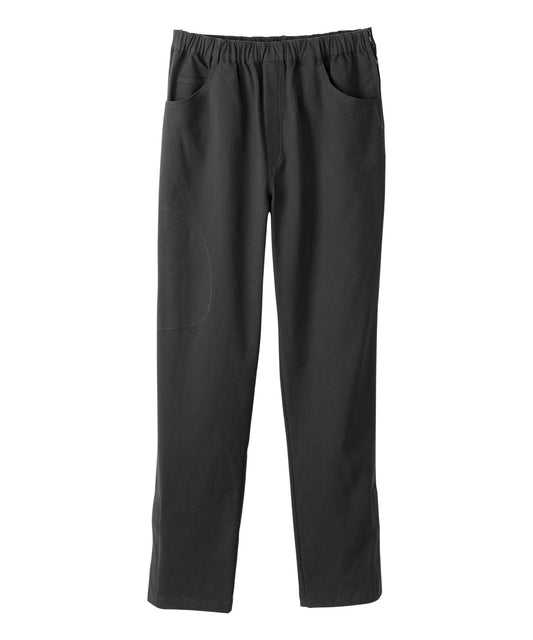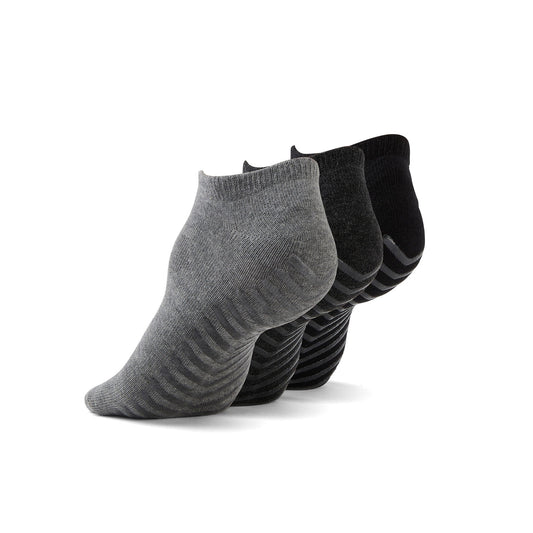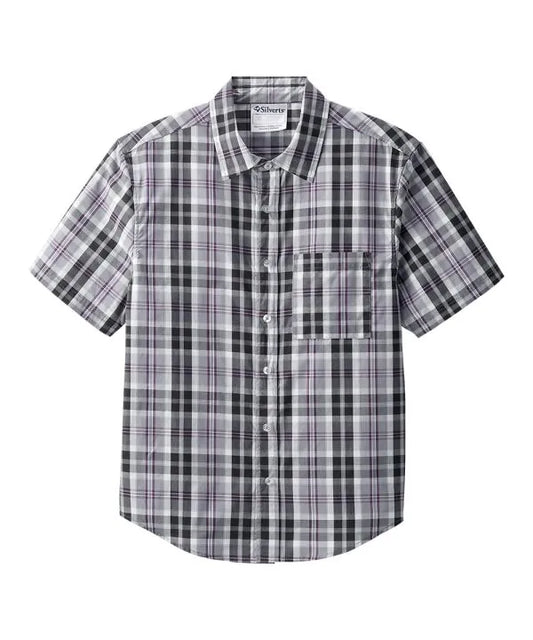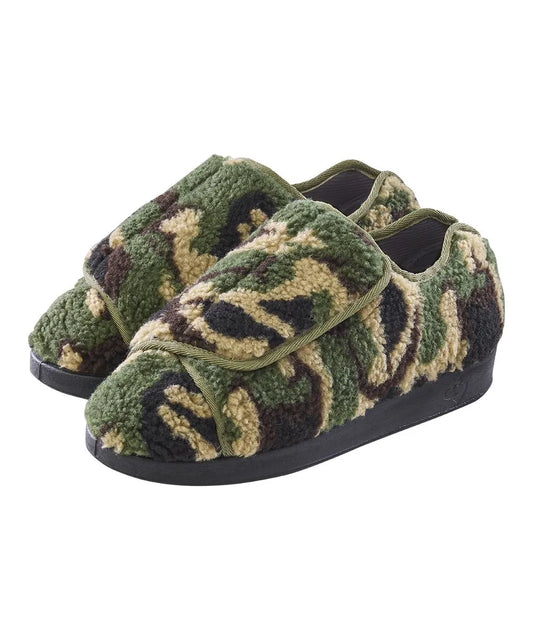Written by Amrita Dhaliwal & Reviewed by Gurnoor Mand
Whether or not we are aware of it, clothing is a constant in everyone's life. There is no denying that fashion has woven itself into our everyday lives, from what we choose in the morning to what we see on social media as we scroll throughout the day.
The Problem
At its core, fashion is a way for people to express themselves. However, this expression is not easily accessible to all. For years, there has been a constant push for greater inclusivity and diversity on and off the runways. However, the lack of inclusion for people with disabilities is widely abundant in the clothing that companies produce. The push toward eradicating ableism within fashion through hiring disabled models and creating adaptive clothing have been long-delayed. Time and time again, the adaptive clothing industry has not been taken seriously. There is no mass or immediate incorporation of it into fashion brands, as standard runway design have been. This is exactly the issue.
Many are struggling everyday to freely express themselves the same way that able bodied people can. Brands have a social responsibility to show a commitment to inclusivity and accessibility for all. They should make continuous efforts to offer adaptive clothing and help more audiences express themselves. But the question is how? How can a company get onboard and modify their production to ensure clothing can meet the needs of disabled consumers?
Here’s how:
- Modification-specific alterations:
- Magnetic, snaps and velcro fastenings
- Concealed zips
- Temperature control fabrics
- Adjustable waistbands, necklines and sleeves
- Collaborate with individuals with disabilities to create designs that are in line with their needs and preferences.
- Offering a wide range of sizes to accommodate various body types and abilities.
- Including clear product descriptions to help customers make the right choice.
- Incorporate wider dressing rooms or virtual try-ons at retail stores for easy decision making and experimenting with clothing items.
In Summary
Here we have provided just a few ways that companies can incorporate adaptive fashion into their operations. However, there is so much more to be done. Of course, with little changes going forward, we can make a collective shift in the industry to ensure that everyone has access to clothing that is comfortable, functional, and stylish, further allowing them to express themselves and be comfortable in who they are.















